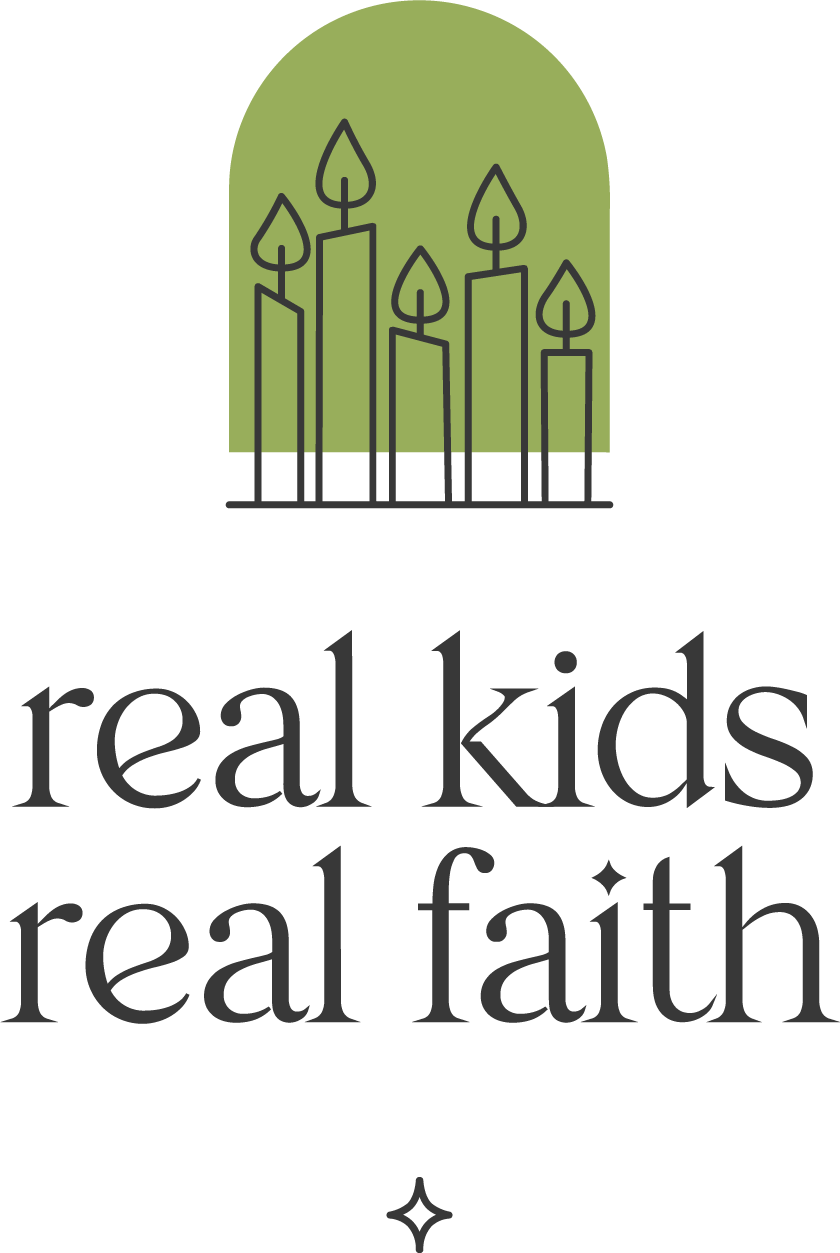Scientists who study the environment made an amazing discovery in the 1960s: the health of the Amazon forests depend in part on dust that travels more than 5,000 miles from the Sahara Desert region. This dust is rich in minerals that are essential to plant growth. The dust also falls into the Atlantic Ocean, providing iron needed by microscopic plants (phytoplankton) that sustain sea life. Phytoplankton have other purposes as well: they absorb carbon dioxide and produce half the planet’s oxygen!
Help children 3 years and older connect with this life-giving force by reading Jilanne Hoffmann’s picture book, A River of Dust, and exploring one or more of the following activities.
Dust cloud. Dust is not just something that gets in our eyes or dirties our feet. Sahel dust also carries important nutrients too tiny to see. Look at some of NASA’s images of this dust (see Related Resources) and imagine together the millions of phosphorus (P) and iron (Fe) molecules floating in the dust cloud. Invite children to create a mural that shows dust blowing across a long stretch of wall. Then encourage them to color small circles (labeled ‘Fe’) and squares (labeled ‘P’) and stick them throughout their dust river.
Dust dance. Sahel dust twirls and dips as it moves across the globe. Sometimes it blows quickly and sometimes it drifts slowly. It rises and falls with the wind. Invite children to imagine that they are Sahel dust dancing in the breeze. Encourage them to move their bodies around the room like dust being blown around the globe. You might even take turns leading the dance, with everyone following the lead dust dancer’s movements.
Water dust. Much of the Sahel dust falls in the Atlantic Ocean where it helps phytoplankton produce the oxygen we breathe. Invite children to do a breath practice with you. Say: Oxygen is necessary for all kinds of creatures to breathe. Let’s try breathing like two different animals. First, take a deep breath in (pause) and then hiss like a snake when you let your breath out. (pause) Let’s do that again: deep breath in (pause) and hiss as you let it out. (pause) Now let’s try breathing like a bunny. Take three quick breaths in through your nose like you are a bunny sniffing (pause) and then blow your breath out through your mouth. (pause) Let’s do that again: three sniffs in through your nose (pause) and a long exhale through your mouth. (pause) Encourage children to suggest other animal breathing patterns for everyone to try.
Dust research. The end of the book contains questions and answers about the science of Sahel dust. Invite children to share their own questions and assist them in researching answers. Some may be contained in the Q&A section and many others will require searching online for information. Encourage kids to guess at possible answers and then look for scientific data that either supports or shifts their ideas.

Comments